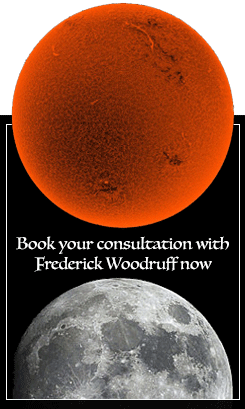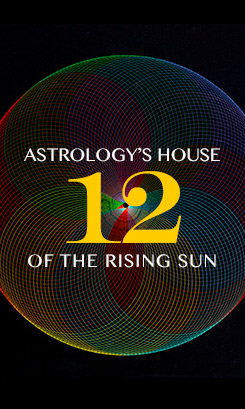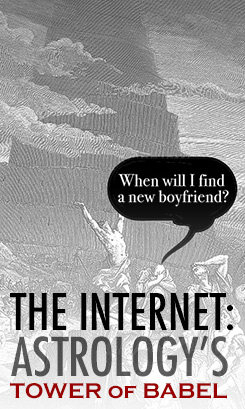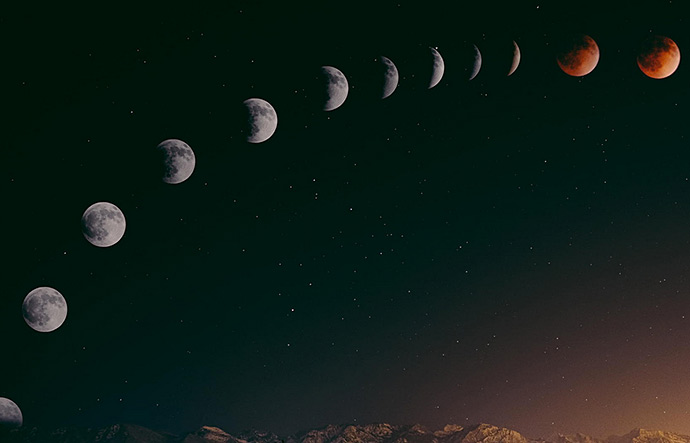When You Look at This Photo What Happens?

The above photograph, titled eXtreme Deep Field is considered the most zoomed-in photograph ever created by humankind.
Essentially, you are looking billions of years backwards in time because what this photograph displays is a myriad of galaxies, some as old as 13.2 billion years; galaxies that were created shortly after the universe came into existence.
Michael Zhang notes:
What scientists and physicists never broach, when discussing the notion of ‘singularity’ (the Big Bang and all it connotes) is of course what came before the Big Bang.
So what I like to do is contemplate the Big Bang and then hold alongside the theory of singularity the question of origin.
And then something peculiar happens. My mind stretches out to the endlessness of space, eliminating any sense of location, which, then, shortly thereafter does away with the concept of time.
If I do not have markers, locations, to designate any movement from A to B then, well, I don’t have any ‘time’. Because I’m not located in a particular place, neither are any of the galaxies, they might as well all be inside my head, which is the wild and poetic concept that the mystic Rudolph Steiner offered as a teaching.
Steiner suggested that human beings are a direct reflection of the cosmos and that our consciousness is imbued with the entirety of the universe.
In The Sun Mystery lectures he wrote: “Throughout a human lifetime, what happens in the head remains an image of the entire cosmos. The very fact that we have a head means that each of us carries an image of the entire cosmos around with us…”
If you want to amplify your mind being blown a wee bit more you can see the giant, hi-res version here.
So when I meditate on the amazing eXtreme Deep Field photograph that’s what I contemplate. How about you?
My Favorite Photograph of the Recent Eclipse
I must have looked at 2 million photographs of the recent “Blood Moon” eclipse that took place during the Libra Full Moon the other night. I forget which night, but it was recently. I think two days ago, maybe three. (What year is this?)
Vashon had been clear all day, before the eclipse, and then the goddesses got moody and cloud cover slowly moved in from the east. By 10pm there was nothing but complete overcast; mist and a slow spitting drizzle.
But I was still rewarded because today I discovered this gorgeous time-lapse of the Blood Moon taken by photographer Nick Franchi.
He has made prints available from his website and I would recommend that you pick one up. Think how wonderful it will look in your home, a constant homage to lunar light (the reflected light from Sun) intermixed with a color we associate with being alive, vital and human.
(And no, I wasn’t going to say Mars — though of course guess where Mars was on the night of the Blood Moon? In Libra).
Enjoy.
Large Meteor Spears the Galactic Center
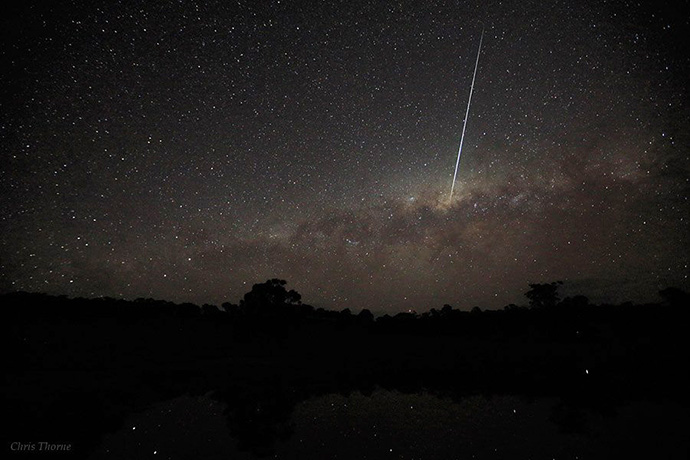
The photography of Chris Thorne is phenomenal. He describes the above picture as:
“View is over a small farm dam looking towards the Aboriginal Emu constellation in the lower south west of Western Australia. Part of a time-lapse sequence.”
I describe ig as yet another glimpse into what unbounded wonder looks like. Something similar to sitting in the very cauldron of creation.
I wonder if our own individual conceptions were anything like this? What do you think?
Galactic Center of Milky Way Rises over Texas
“The goal of life is to make your heartbeat match the beat of the universe, to match your nature with Nature.†― Joseph Campbell
Question: When You Look at this Photograph What Happens to You?

The above photograph, titled eXtreme Deep Field is considered the most zoomed-in photograph ever created by humankind.
Essentially, you are looking billions of years backwards in time because what this photograph displays is a myriad of galaxies, some as old as 13.2 billion years; galaxies that were created shortly after the universe came into existence.
Michael Zhang notes:
What scientists and physicists never broach, when discussing the notion of ‘singularity’ (the Big Bang and all it connotes) is of course what came before the Big Bang.
So what I like to do is contemplate the Big Bang and then hold alongside the theory of singularity the question of origin.
And then something peculiar happens. My mind stretches out to the endlessness of space, eliminating any sense of location, which, then, shortly thereafter does away with the concept of time.
If I do not have markers, locations, to designate any movement from A to B then, well, I don’t have any ‘time’. Because I’m not located in a particular place, neither are any of the galaxies, they might as well all be inside my head, which is the wild and poetic concept that the mystic Rudolph Steiner offered as a teaching.
Steiner suggested that human beings are a direct reflection of the cosmos and that our consciousness is imbued with the entirety of the universe.
In The Sun Mystery lectures he wrote: “Throughout a human lifetime, what happens in the head remains an image of the entire cosmos. The very fact that we have a head means that each of us carries an image of the entire cosmos around with us…”
If you want to amplify your mind being blown a wee bit more you can see the giant, hi-res version here.
So when I meditate on the amazing eXtreme Deep Field photograph that’s what I contemplate. How about you?
Black Holes Have Tails. Who Knew?
Black holes. We all ponder their mystery and often our life can feel as though we are living right on the edge of a black hole, shaking, shattering and ready to be sucked — in — to — smithereens!
There’s a scientific term for the edge of the black hole. It’s called the event horizon.
Richard Birkin is a composer from Derbyshire, United Kingdom and he created this video and soundtrack to accompany it. He writes about it:
“Accretion discs are the beautiful tails of a black hole, formed by stars being dragged into that invisible thing that spells the end of matter, the observable universe, and known physics. They’re nightmarish, really. But from this distance they’re beautiful stationary things. By the time we look at them they’ll’ve already spiralled, changed, moved, chewed up who knows how many worlds.”
In fact as you’ve read this entry several stars have already gone down the rabbit hole. Where will they emerge?
You can watch the video above or read about the entire production here.
